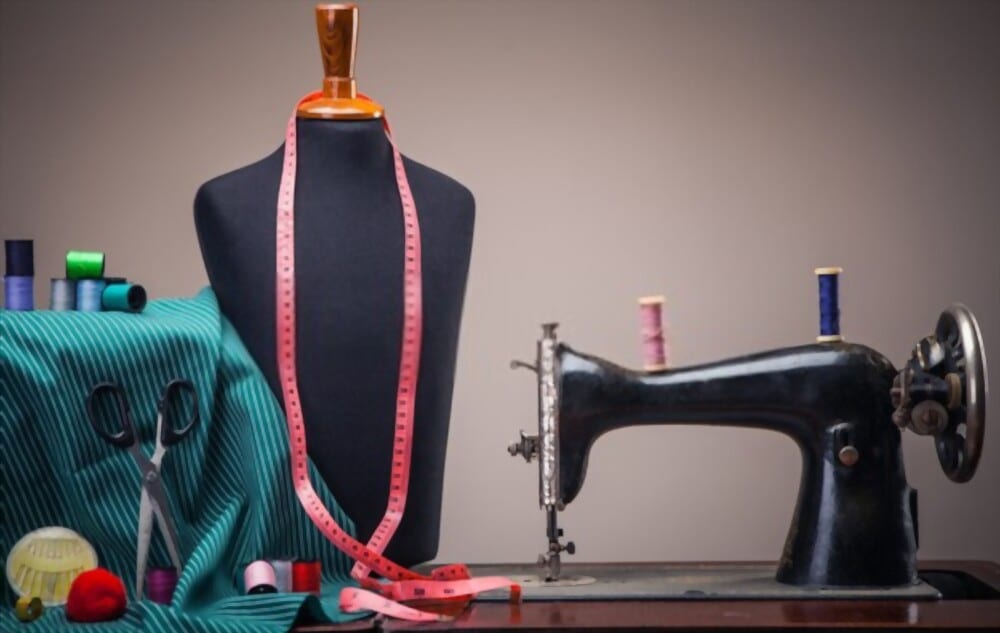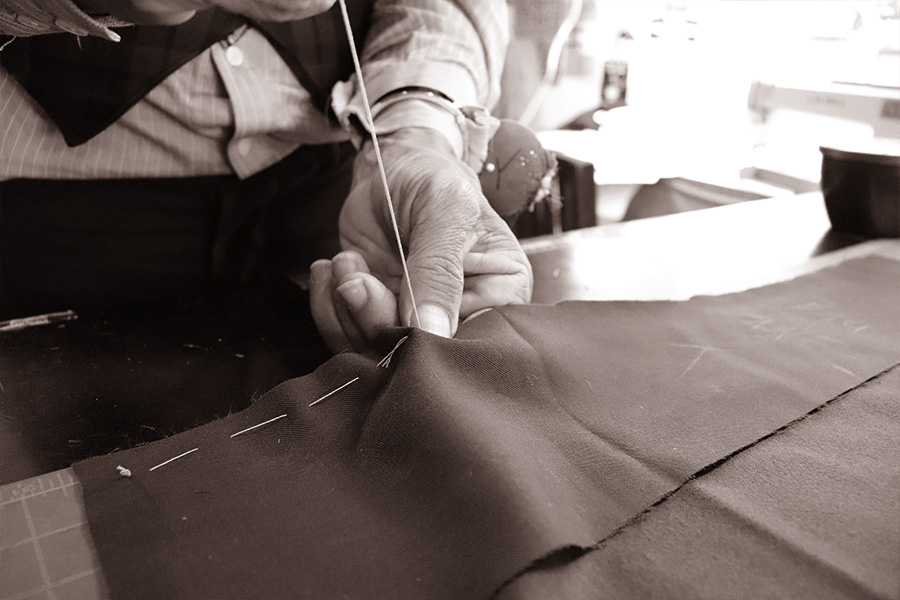Tailor Perth Quality: Where High Quality Satisfies Personalized Tailoring
Tailor Perth Quality: Where High Quality Satisfies Personalized Tailoring
Blog Article
Recognizing the Tailoring Process: From Textile Choice to Final Fitting for the Ideal Wardrobe
The customizing process is an intricate interaction of art and science, starting with the crucial decision of textile choice and finishing in the exact modifications of last fittings. Each fabric kind brings one-of-a-kind top qualities that affect not only the aesthetic appeal but also the garment's long life and viability for different celebrations.
Significance of Fabric Choice
Picking the best material is essential in the tailoring process, as it straight affects the convenience, toughness, and total aesthetic of the final garment (tailor perth). The choice of textile sets the foundation for the garment's capability, design, and efficiency. Different materials possess special properties, such as breathability, weight, and stretch, which can substantially impact just how the garment drapes and fits the body
In addition, textile selection influences the garment's long life and convenience of treatment. High-grade textiles can withstand wear and tear, maintaining their look and framework with time, while lower-quality products might lead to pilling or fading. Furthermore, the appropriate material adds to the garment's capability to change throughout celebrations and periods, thereby enhancing flexibility.
A customized item made from a proper fabric not just showcases craftsmanship but also boosts the wearer's confidence. Comprehending the subtleties of material selection is paramount for any kind of tailoring undertaking. It guarantees that the end product not just satisfies the visual wishes of the client however also straightens with functional needs, thus attaining a harmonious equilibrium between kind and function in the tailored closet.
Kinds Of Fabrics and Their Uses
Comprehending the numerous kinds of textiles readily available is important for making educated decisions throughout the tailoring process. Each textile possesses special features that dictate its viability for particular garments and celebrations.
Cotton, known for its breathability and soft qualities, is suitable for casual wear and summertime apparel. Its adaptability permits it to be tailored into every little thing from shirts to gowns. Woollen, on the other hand, is preferred for its heat and framework, making it an outstanding selection for formal fits and outerwear - tailor perth. Its all-natural flexibility assists garments maintain form over time.
Silk shows high-end and is light-weight, making it ideal for eveningwear and fragile shirts; nonetheless, it calls for cautious handling as a result of its fragility. Bed linen, with its textured surface, is a popular choice for cozy environments, providing a ventilated and crisp feel, however it wrinkles easily, which may impact the garment's appearance.
Artificial textiles, such as polyester and nylon, deal sturdiness and resistance to wrinkles, making them appropriate for daily wear and active clothes. Comprehending these material types and their residential properties permits for much better decision-making, ensuring that each tailored item not only fits well yet additionally straightens with the desired objective and occasion.
The Tailoring Methods Explained
The art of customizing depends on a selection of methods that transform fabric right into well-fitted garments. Central to this procedure is pattern preparing, where a tailor creates layouts based upon the client's dimensions and wanted design. This preliminary step makes sure that the garment will fit the wearer properly prior to any type of cutting occurs.
Once patterns are developed, reducing methods enter into play. Precision is critical as errors see this page can bring about misfitting garments. Tailors often make use of various reducing techniques, such as single-layer cutting for complex styles and multiple-layer cutting for performance on conventional patterns.
Basting is another essential method, allowing dressmakers to momentarily stitch fabric pieces with each other for an initial fitting. This approach supplies the chance to assess the drape and general silhouette before last sewing.
Seaming methods, consisting of flat-felled seams and French joints, enhance the garment's sturdiness and visual charm. Tailors additionally utilize techniques such as interfacing and padding to provide framework and shape to specific locations, like collars and shoulders.
Last but not least, finishing techniques, including hemming and side ending up, make sure the garment's longevity while supplying a sleek appearance. With each other, these techniques form the backbone of efficient site link customizing, causing splendid, tailor-made garments.
Fitting Adjustments and Factors To Consider

Key factors to consider consist of the shoulder fit, which ought to neither droop neither limit movement, and the sleeve length, which must permit comfortable arm activity while maintaining a polished appearance. Additionally, modifications at the midsection can fine-tune the silhouette, with choices to allow out or absorb textile as required.
The rise of trousers is one more essential element; it should rest easily over the hips without triggering discomfort, permitting ease of motion. Hemming sizes for both trousers and skirts need to reflect the user's preferred design while appreciating percentages.

Maintaining Your Tailored Clothing
Correct maintenance of customized garments is necessary to maintaining their fit and appearance with time. To make sure long life, regular cleansing is paramount. Constantly adhere to the treatment label directions, which may suggest dry cleaning for delicate materials or equipment washing for even more durable products. Avoid regular laundering, as this can use down the material and alter the garment's form.
Storage is similarly vital; use cushioned hangers for coats and layers to preserve shoulder framework, and store pants folded up nicely or hung to avoid creasing. Protect garments from straight sunshine, which can fade colors and damage fibers.
Additionally, regular inspections for small repair services can stop bigger concerns. Inspect for loose switches, tearing joints, or indicators of moth damages, resolving these problems quickly to preserve the garment's integrity.
Lastly, take into consideration seasonal turning. Putting on customized pieces in moderation permits fabrics to recoup, extending their life expectancy. By carrying out these upkeep techniques, you can make sure that your tailored garments continue to be as beautiful as the day you first used them, improving your excellent wardrobe for years ahead.
Final Thought
The tailoring process, including textile choice, skilled methods, and precise fitting changes, plays an essential role in developing garments that enhance both convenience and style. Each stage contributes to the general efficiency of the last item, making sure that clothing not only fits well however additionally reflects individual identification. Moreover, recognizing the importance of maintenance prolongs the life of customized garments, strengthening their worth in a well-curated wardrobe. A thorough approach to tailoring culminates in a refined and certain appearance.
Picking the appropriate textile is critical in the customizing procedure, as it straight influences the comfort, sturdiness, and general aesthetic of the final garment. The selection of textile establishes the structure for the garment's capability, performance, and design. Different materials have unique buildings, such as stretch, weight, and breathability, which can substantially affect just how the garment drapes and fits the body.
The art of tailoring relies on a selection of techniques that change material into well-fitted garments.The customizing process, incorporating material option, knowledgeable methods, and precise suitable modifications, plays a crucial function in creating garments that boost both comfort and design.
Report this page